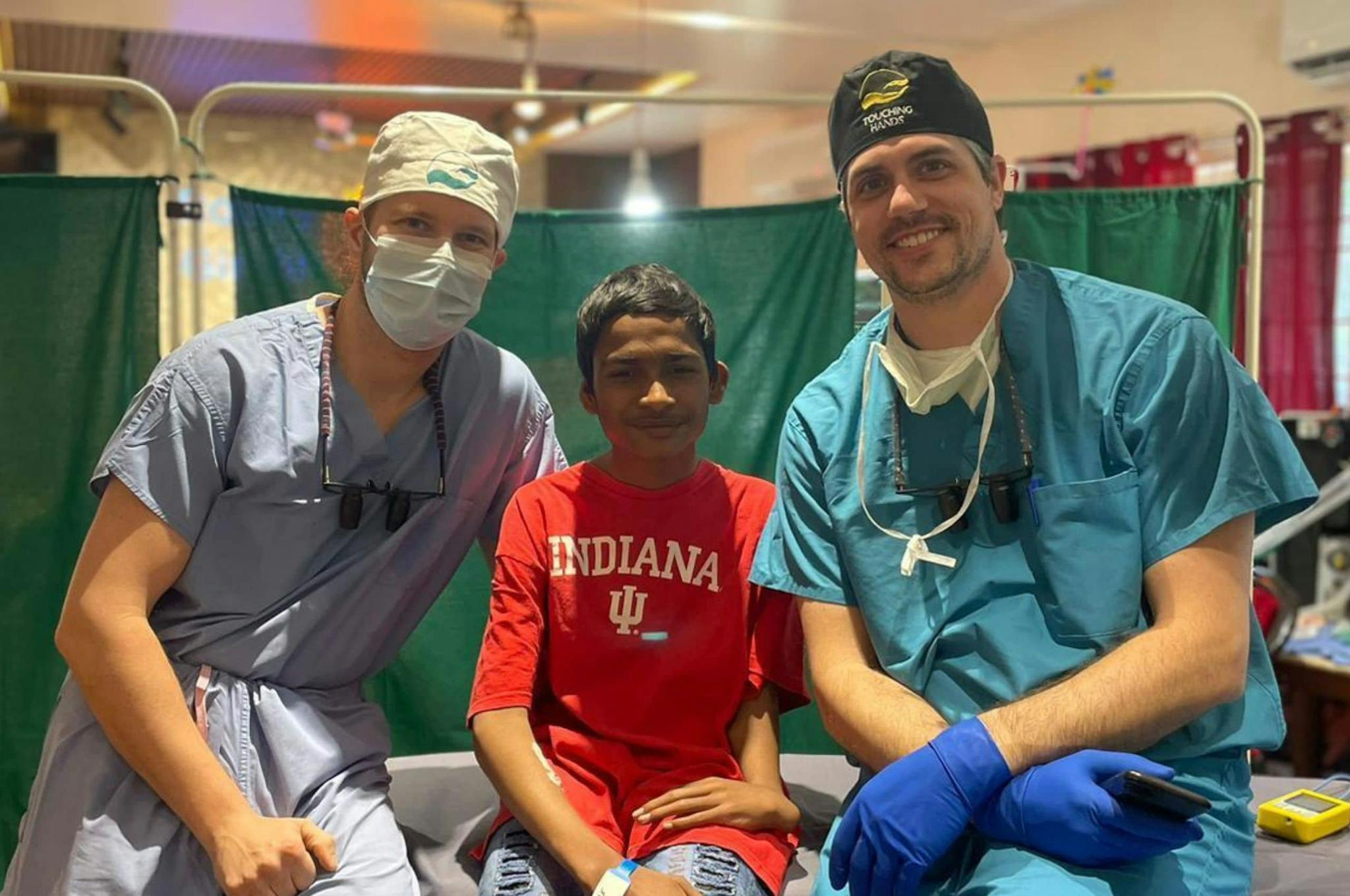
2025-06-10T13:54:10
Understanding Skin Grafts
- Dermatology
- Family Medicine
- Internal Medicine
- Orthopedics
September 23, 2016 | Orthopedics
Specialties:Orthopedics

Cardiac conditioning is one of the most important things you can do for your heart – and for yourself – after an orthopedic surgery.
Cardiac conditioning helps you recover from surgery and reduces your chance of developing a potentially life-threatening blood clot. With the help of a sports medicine specialist, a physical therapist and your orthopedic surgeon, they can create a rehabilitation program that will get your heart pumping after your surgery and decrease your recovery time.
A cardiac conditioning program typically involves medically supervised exercise, diet modifications and medication management. The program may also include stress reduction and smoking cessation help, as needed. A cardiac conditioning program can also help you pick up healthy habits that can lower your risk for further cardiac problems.
Heart attack patients who participate in an exercise-based cardiac rehabilitation program have a 20 to 25 percent lower death rate, according to the American College of Sports Medicine. Participating in cardiac conditioning can reduce the anxiety many heart patients feel as they begin an exercise program. Healthcare professionals are on hand to help you recognize your limits, set reasonable goals and boost your confidence.
After surgery, your orthopedic specialist will want you to move to reduce your chance of developing a blood clot. This movement will help reduce your blood from thickening and causing you pain. Some of the most simplest forms of activity that you can do once you’ve been given the green light is walking, going up and down stairs, and lifting small weights.
There are three main phases of cardiac conditioning. The first phase often begins during your hospitalization, when a cardiac specialist or physical therapist provides education and nutrition counseling prior to discharge. You might even start physical therapy during your stay at the hospital.
The next phase usually involves a 4- to 12-week outpatient exercise program with three exercise sessions per week at your local physical therapy center or at an orthopedic office under the direction of a physical therapist. These sessions typically include walking or biking for warm-up, aerobic exercise on treadmills and other equipment, resistance training and cool down stretches. Your assigned physical therapist will monitor your heart and check your blood pressure during individualized sessions to ensure you are safely exercising after your surgery.
The third phase provides prescribed exercise to help you maintain cardiovascular fitness for the rest of your life. You may remain under medical supervision for a period of time in phase three, especially if you have special health concerns.
The goals of cardiac conditioning are to optimize the performance of your heart and promote a healthy lifestyle. Most of all, cardiac conditioning gives you the confidence you need to live a long and active life. A cardiac conditioning program gives you the information you need for a healthy heart and provides diet and exercise information that helps to strengthen your heart.
For more information regarding proper cardiac conditioning during post surgery rehabilitation, contact Revere Health’s orthopedic centers. With 18 locations throughout the state, we are ready to help you feel better.
WRITTEN BY:
The Live Better Team

2025-06-10T13:54:10

2024-06-21T14:29:51

2024-02-06T11:40:13

2023-03-30T11:23:12
This information is not intended to replace the advice of a medical professional. You should always consult your doctor before making decisions about your health.